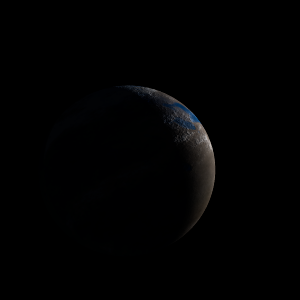|
|
Space Astro
|
Info for exoplanet "Gumyobu Zora"
| Scientific (actual) data |
|---|
| Name | Kepler-1923 b |
| Planet status | Confirmed |
| Radius | 0.17477 |
| Orbital period | 52.6097 |
| Semi major axis | 0.2846 |
| Orbit eccentricity | 0 |
| Inclination | 89.88 |
| Discovered | 2017 |
| Updated | 2025-02-18 |
| Tzero tr | 2454990 |
| Impact parameter | 0.102 |
| Temperature (kelvin) | 553 |
| Publication | Announced on a website |
| Detection type | Primary Transit |
| Radius measurement type | Primary Transit |
| Alternate names | KOI-3474 b, KOI-3474.01 |
| Star name | Kepler-1923 |
| Right ascension | 298.08° |
| Declination | 40.35° |
| Mag v | 14.45 |
| Mag i | 13.977 |
| Mag j | 13.002 |
| Mag h | 12.679 |
| Mag k | 12.622 |
| Star distance | 355.256 |
| Star metallicity | 0.16 |
| Star mass | 0.967 |
| Star radius | 1.013 |
| Star sp type | G5V |
| Star temperature | 5500.42 |
| Star alternate names | KIC 5213230, KOI-3474 |
| Wikipedia article | Kepler-1923 b |
Back
| |
| Fictional info (?) |
|---|
| Suggested name | Gumyobu Zora |
| Planet type | Cold planet |
| When viewed from Earth, this proximity to Kepler-1923 means the planet can only be seen near the western or eastern horizon during the early evening or early morning.
A prominent result is the "great orange spot", a giant storm that is known to have existed for centuries since it was first observed by radar. |
| Atmosphere | Nitric oxide | 99% |
| Neon | 0.82% |
| Oxygen | 0.047% |
| Atmospheric pressure | 50 bar |
 |
| No known satellites |
| Google search for Gumyobu zora |
|
Website by Joachim Michaelis
|
|
|
|